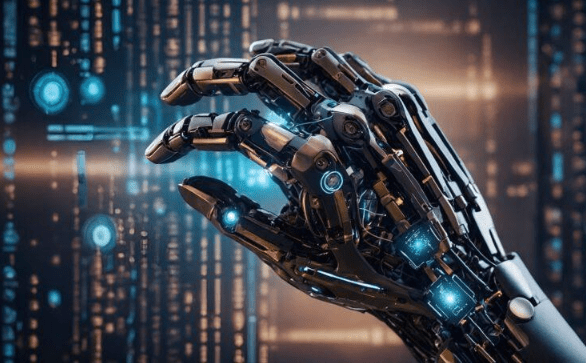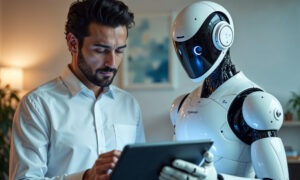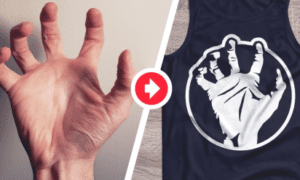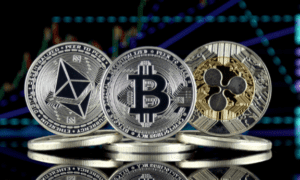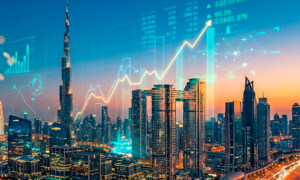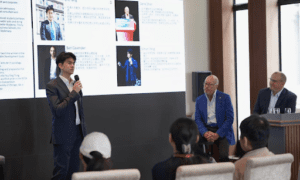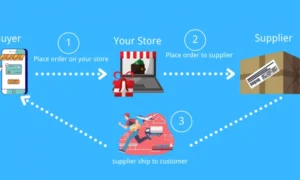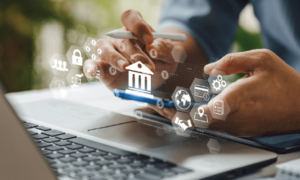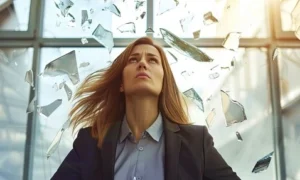The visual content industry is undergoing a revolutionary transformation driven by generative artificial intelligence (AI). Animation studios and brands are no longer evaluating just the quality of the “image” but also the speed, flexibility, and scale of production. Today, “AI + animation” is not merely a technological novelty – it is a game-changing tool for creative processes.
According to forecasts, the global market for generative AI in animation is expected to reach $916 million by 2025, with an annual growth rate of around 40%. This clearly shows that the technology has evolved from an experimental concept into a commercially significant force, opening up new opportunities for brands of all sizes.
In this article, we’ll explore how AI is transforming the key stages of animation production, the advantages it Sbrings to marketing, and the ethical challenges facing studios and brands in 2025.
Market Outlook and Scale of Change in 2025
Market size: In 2024, the generative AI animation market was valued at $652 million, and by 2025 it is projected to reach $916 million. Looking further ahead, forecasts estimate $13.4 billion by 2033, with an average annual growth rate of around 40%.
Adoption among studios: Analysts predict that by 2025, most animation studios will actively integrate AI tools into their production pipelines, fundamentally reshaping how animation is created.
Impact on brands: What was once an expensive and time-consuming process is now turning into a fast, flexible, and cost-effective communication channel for marketing and social media.
“AI will give rise to the filmmaker with no visual skill, no access to a set, a camera, or actors – but with an idea.” – Marc Andreessen, Co-founder of Andreessen Horowitz
https://www.facebook.com/watch/?v=1266740141027469
How AI Is Transforming the Animation Production Cycle
Pre-production and Concept Art
Artificial intelligence is increasingly being integrated into early production stages that once required significant time and resources – such as storyboarding, concept art, and initial sketches.
AI-powered tools like Midjourney and Stable Diffusion enable artists to rapidly generate visual ideas, dramatically accelerating the concept development process. This is especially valuable for studios working with tight deadlines and limited budgets.
Introducing Midjourney V1 Video
Rigging, Lip Sync, and Character Animation
Modern AI tools make it possible to automate character rigging, lip synchronization, and motion animation. This not only reduces production costs but also improves the accuracy and realism of the final animation.
For example, some AI-powered lip sync systems have demonstrated up to 90% accuracy, according to internal developer assessments in 2023 – a sign of significant progress in this field.
Post-production, Rendering, and Visual Effects
Artificial intelligence is also being widely used during the post-production stage to optimize rendering and enhance visual effects. Major studios are already experimenting with machine learning models for rendering optimization and frame denoising, allowing for more efficient resource use and faster production timelines.
AI in Brand Communication and Marketing
Faster Content Production
Artificial intelligence is rapidly being integrated into animation content creation, allowing brands to significantly reduce production time for social media and advertising videos.
AI tools automate key stages such as animation generation, lip synchronization, and background creation – shortening the production timeline from weeks to just a few days. This is especially valuable for brands that need to respond quickly to marketing opportunities.
Cost Reduction
Implementing AI in animation production helps lower costs, particularly for small and mid-sized brands. By automating processes like character rigging and background generation, companies can access high-quality content at a fraction of traditional costs, making animation more accessible to businesses with limited budgets.
Variability and Testing
AI enables the rapid creation of multiple versions of characters, scenes, and animations, allowing teams to test different concepts before final production. This flexibility helps brands adapt their content to various audiences and platforms, increasing the effectiveness of marketing campaigns.
ChatGPT | The Intelligence Age
The Human Role, Ethics, and Challenges
Preserving the Human Factor
- AI can automate routine tasks and speed up production, but creativity, character performance, and emotional storytelling remain uniquely human domains.
“AI seems like it is the least impressive blah average of things.” – Pete Docter, Chief Creative Officer at Pixar Animation Studios.
- Leaders of creative studios emphasize that AI cannot replace human intuition when it comes to choosing colors, timing, and shaping the personality of characters. In this sense, AI acts as a partner, not a replacement for the artist.
Ethical Considerations
- Copyright and content ownership: The use of AI to generate images or voices raises potential copyright infringement risks, especially when training data includes existing artistic work.
- Employment impact: Automation may affect entry-level positions in animation studios – such as background artists and assistants – which have traditionally been a gateway for new talent in the industry.
Balancing Humans and Machines
- Success depends on organizational readiness, company culture, and staff training.
- Integrating AI without adapting workflows and investing in talent development does not guarantee successful outcomes.
Looking Ahead: Trends for 2025 – 2030
Generative AI tools are opening up new possibilities for creating personalized and interactive content. Today, brands can tailor videos to individual viewers, build interactive stories or educational experiences, and boost both audience engagement and marketing effectiveness.
At the same time, advances in real-time animation technologies are drastically reducing rendering times for complex scenes. According to developers, thanks to modern AI solutions, the rendering time for intricate scenes can be cut from thousands of hours to just dozens – and in some experimental cases, it can even be done in real time.
Get AI ready with Surface Copilot+ PCs powered by Intel
One of the most significant effects of AI adoption is the democratization of creativity. Independent creators and small studios now have access to what was once the privilege of major companies – high-quality scenes, generative backgrounds, and character rigging. This shift fuels competition, accelerates innovation, and makes animation accessible to brands of all sizes.
At the same time, the roles of creative professionals are evolving. It’s no longer just about traditional artistic skills – the ability to work with AI tools and integrate them into production workflows is becoming equally valuable.
Educational institutions have already begun offering courses in generative animation, preparing a new generation of animators to work in tandem with AI.
“I think we’re going to get completely new kinds of film and entertainment from people who otherwise never would have been able to access the medium.” – Marc Andreessen, Co-founder of Andreessen Horowitz.
Why It Matters
Artificial intelligence is radically transforming how animation is created and used in brand communication. It enables studios and brands to reduce production time, automate routine tasks, and experiment with different concepts without major costs. At the same time, the human factor remains irreplaceable – creativity, emotional storytelling, and character expression still define the quality of animation.
Current trends show that AI integration empowers the creation of personalized and interactive content, accelerates rendering, and allows small studios and independent creators to compete on equal footing with large companies. However, successful AI adoption depends on studio culture, organizational readiness, and upskilling talent to work confidently with generative tools.
In essence, AI doesn’t replace animation – it becomes a powerful creative ally that enhances the speed, quality, and relevance of visual stories. Brands that successfully integrate these technologies into their marketing strategies gain the ability to deliver more dynamic, personalized, and contemporary content that meets modern audience expectations.
Editor’s note: This article is based on publicly available sources and analytical forecasts for 2024-2025. Some figures may vary depending on different research estimates.
Sources: Quotes and examples were taken from public interviews and statements by Marc Andreessen and Pete Docter, as well as materials from Ad Age, The Verge, Microsoft, Coca-Cola, OpenAI, and other publicly available resources.

